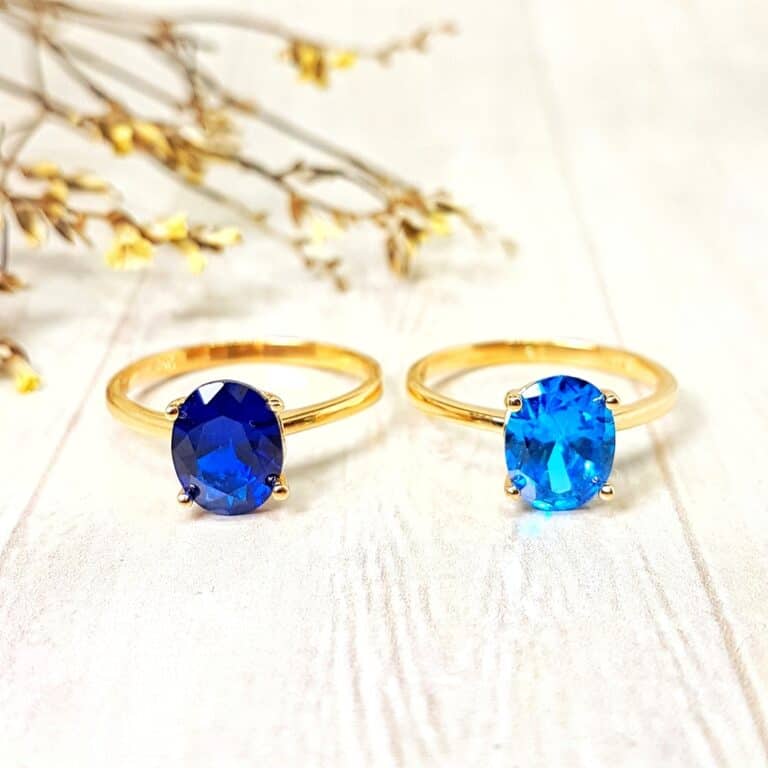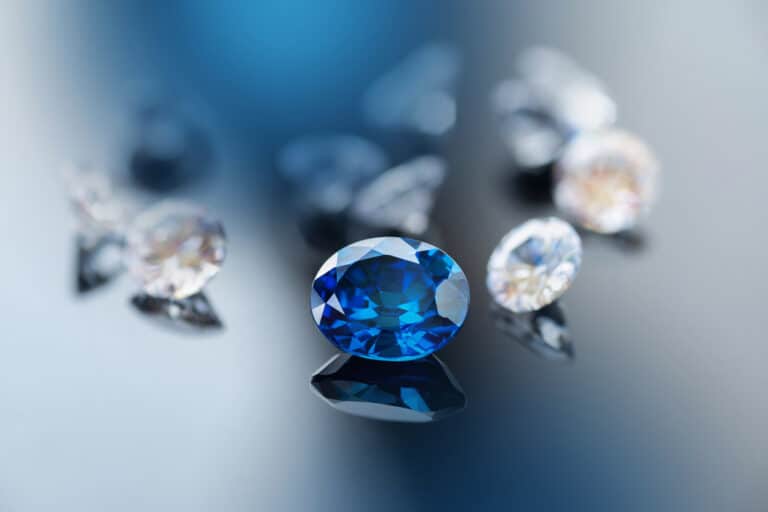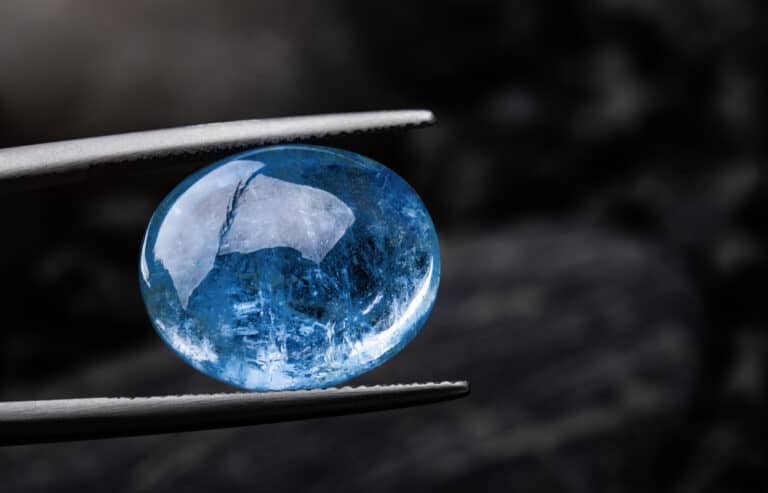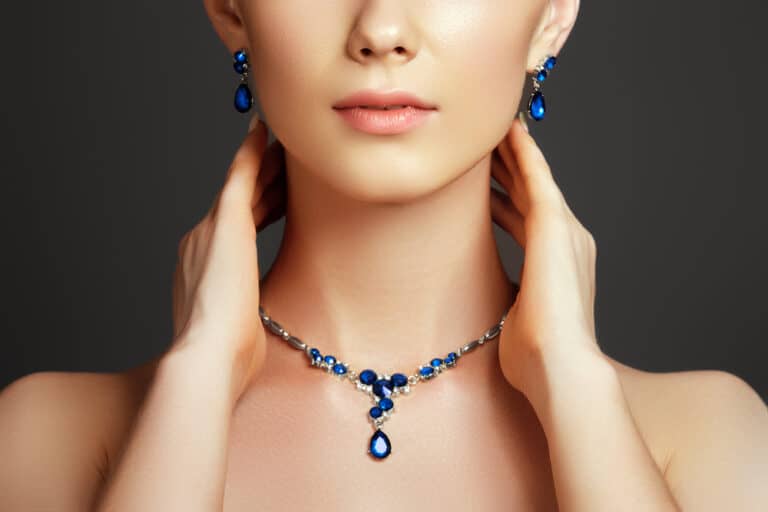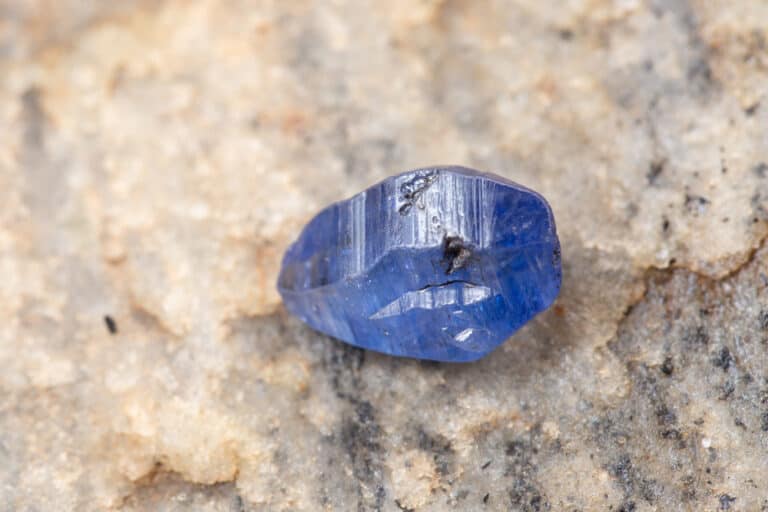Sultry rubies have been synonymous with royalty, power, and wealth since the dawn of time, so it’s no wonder these spectacular, vividly red gemstones are in such high demand! Although, with the ridiculously high prices of rubies, it’s only logical to consider tumbling them at home.
You can tumble rubies, although they will take far longer to polish than other gemstones. Rubies are classified as corundum gemstones with a 9.0 Mohs scale of hardness. Compared to diamonds with a 10.0 hardness, they are the second hardest and require extra course abrasive materials to polish.
Even though gemstones like Emeralds are far easier to tumble than rubies, it is achievable if you use a suitable tumbler and abrasive materials and are willing to invest some time and money to create a stunning gem in the comfort of your home. So, if you want to know what you are in for, read on!
Rubies Corundum Gemstones – What You Should Know
Before we delve into whether you can or should tumble rubies, it’s essential to understand what they are.
Rubies and sapphires are part of the same corundum gemstone family as they have similar chemical components and structures.
The gem’s color is determined by small amounts of impurities that either create bright red rubies or sky-blue sapphires. However, these impurities can also result in “fancy sapphires” in a wide range of colors like purple, orange, green, and yellow or colorless stones called “white sapphires.”
A Ruby’s color is determined by the amount of chromium it contains, so a limited amount of this chemical will result in a pinker gem. On the other hand, substantial chromium traces can produce gems ranging in color between red-orange, red-brown, or precious “pigeon blood” or blood-red gems.
Why Tumbling Rubies Is Harder Than You Think
The Mohs hardness scale, named after geologist Friedrich Mohs, comprises a collection of various minerals numbered from 1 to 10 in terms of their hardness and ability to resist scratching with multiple objects like nails, pennies, or fingernails.
So, why is that important, you might ask? Well, the ideal hardness level for tumbling any stone is between 5 and 7 on the Mohs scale.
While diamonds are the hardest Mohs scale gems, with a 10-hardness classification, Corundum gems like Rubies are the second hardest, with a 9-hardness classification.
When Is It Ok To Tumble Rubies?
Tumbling ultra-hard gems like rubies require powerful abrasives and a lot of perseverance! Especially because you could spend months trying to polish them without achieving outstanding results.
However, should you decide to experiment, it’s essential to remember that tumbling is an uncontrolled process that haphazardly removes a lot of material.
Even though rubies are incredibly hard and less prone to chipping, some may have inherent structural flaws that can reduce their value if tumbled.
So, if you have some quality rubies, have them cut professionally, as you otherwise risk losing potentially valuable fragments in the tumbling process.
Alternatively, you can gently polish your uncut rubies with a soft polishing cloth to make them shine if you merely want to display them.
How To Clean Rubies Before Tumbling
Rubies should ideally be cleaned thoroughly before the tumbling process starts. So, keeping that in mind here’s a quick guide to cleaning your precious gems.
Soak your rubies in a bowl of lukewarm water for a while. Then, remove the Ruby and clean it gently with a sponge or a soft brush dipped in a non-abrasive, mild cleaning solution. Finally, rinse it thoroughly to remove any lingering dirt.
The Best Tumblers For Rubies
Hard gems like rubies require an additional abrasive tumbling method, so a rotary tumbler with a highly abrasive grinding barrel, including a polishing grinding barrel, is ideal.
Some prefer fast and efficient vibratory tumblers that effectively shake gems like rubies instead of rolling them in a rotary tumbling barrel. However, their barrels could be more robust. They tend to break easily, so you could end up needing to buy another one.
Another vital factor to consider if you are shopping around for a tumbler is the size of your rubies.
The tumbler’s barrel should ideally be double the largest stone’s size. For example, if your largest Ruby is one inch long, the tumbler’s barrel should preferably be two inches long.
Where To Place Your Rubie Tumbler
Both rotary and vibrating tumblers are incredibly loud as they operate 24 hours a day. Due to a ruby’s hardness level, it might take several weeks or months to polish it.
So, it would be wise to look for a secluded area like a garage or basement where the constant noise will be less pronounced. However, if that is not possible, you can always build a DIY soundproofing box to cover the tumbler (and keep your neighbors happy).
Tumbling Rubies: Tips And Tricks
Once you have found the ideal location for your tumbler, read the manufacturer’s instructions. Tumblers have unique features that you need to be aware of.
However, most tumblers are operated in the following way, even though it might take a little longer until the tumbling process is complete:
- Load the tumbling barrel with equally hard stones, like rubies and sapphires.
- Then add some water to the stones in the barrel.
- Add the tumbler manufacturer’s recommended type and amount of grit (some tumblers are more sensitive to abrasive materials than others).
- Tumble your rubies for a few weeks (tumbling times may vary).
- Inspect your gemstones regularly to check their progress.
- Once the rubies are smoothed, rinse them thoroughly in a sturdy colander.
- Place the rubies back in the tumbler, and add fresh water, including a finer abrasive, to polish them until they sparkle.

Conclusion
Even though Rubies can be tumbled if you have the right equipment, it requires a lot of time and dedication, as it can take several weeks to polish these hard gemstones. And tumbling can chip away at valuable components of your Ruby, so if it is a quality stone, rather have it cut by a professional.

